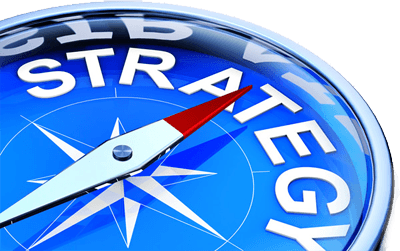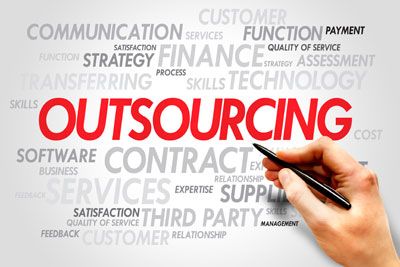 By Jeff Richards
By Jeff Richards
Managing Partner
This is the third installment of our series on the outsourcing lifecycle. The first article provided an introduction to the outsourcing lifecycle and its five phases. The most recent article was about Phase I of this lifecycle, Assessing and Documenting Outsourcing Opportunities. Today we’ll do a deep dive into Phase II: Evaluating and Selecting a Service Provider.
This phase starts with the creation of a Request for Information/Proposal (RFI/RFP) and concludes with the selection of an outsourcing service provider.

 By Jeff Richards
By Jeff Richards By Jeff Richards
By Jeff Richards By Jeff Richards
By Jeff Richards By Jeff Richards
By Jeff Richards By Jeff Richards
By Jeff Richards By Jeff Richards
By Jeff Richards By Stephen McGrady
By Stephen McGrady By Stephen McGrady
By Stephen McGrady By Stephen McGrady
By Stephen McGrady
